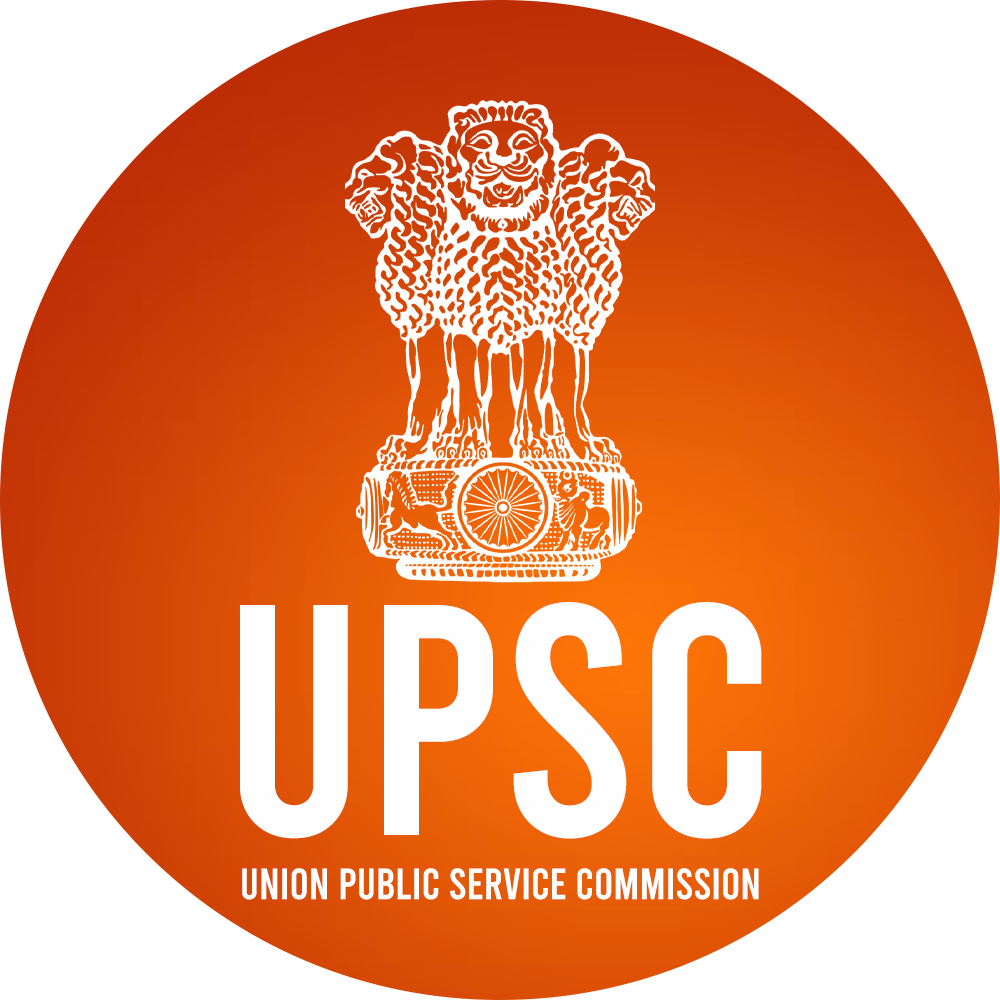Prime Minister Narendra Modi lauded the inauguration of the Inland Waterways Transport (IWT) Terminal at Jogighopa in Assam. Highlights India’s 14,500 km of navigable waterways as a major potential for freight transport.
Jogighopa IWT Terminal
- Location: Assam, on the Brahmaputra River (National Waterway-2, NW-2).
- National Waterway-2: The Dhubri-Sadiya stretch (891 km) of the Brahmaputra River in Assam was declared NW-2 under the National Waterway Act, 1988.
- Significance:
- Part of PM Gati Shakti for boosting inland waterways and economic growth.
- International port of call for Bhutan and Bangladesh, enhancing regional connectivity.
- Linked to Multi-Modal Logistics Park (MMLP) at Jogighopa for improved cargo movement.
- Reduces transportation costs and transit time.
- Strengthens India’s Act East Policy.
- Provides direct waterway access to Bhutan, reducing road dependency.
Inland Waterways Transport
- Definition: Movement of goods and people using navigable rivers, canals, lakes, and other inland water bodies.
Legislative Framework
- Inland Waterways Authority of India (IWAI) Act, 1985:
- Established the Inland Waterways Authority of India (IWAI) in 1986.
- IWAI is responsible for development, maintenance, and regulation of National Waterways (NWs).
- National Waterways Act, 2016:
- Declared 111 inland waterways as NWs for improved shipping and navigation.
- Inland Vessels Act, 2021:
- Replaced the Inland Vessels Act, 1917.
- Ensures uniform regulations, safety, and navigation compliance.
Criteria for Declaring a National Waterway
- Must be navigable by propelled vessels and at least 50 km long (except for urban areas and intra-port traffic).
- Should:
- Serve multiple states or connect a key hinterland or major port.
- Support strategic navigation for national security.
- Provide connectivity to unserved areas lacking other transport modes.
Growth of Inland Waterways in India
- 767% increase in operational National Waterways since 2014.
- 635% rise in cargo handled.
- Cargo traffic increased from 18 million tonnes (2014) to 133 million tonnes (FY 2023-24).
- 22% CAGR (Compound Annual Growth Rate) in inland water transport.
Government Initiatives
- Maritime India Vision 2030.
- Sagarmala Programme – Enhancing port connectivity.
- National Perspective Plan for interlinking rivers.
Benefits and Challenges in Developing Inland Waterways Transport (IWT) in India
Benefits:
- Cost & Efficiency:
- Cost-effective and fuel-efficient mode of transport.
- Environmental Impact:
- Lower carbon emissions make it an eco-friendly transport option.
- Traffic Reduction:
- Helps reduce congestion on roads and railways, improving overall transport efficiency.
- Trade & Connectivity:
- Enhances domestic and cross-border trade, such as through the Indo-Bangladesh Protocol route.
- Regional Development:
- Boosts economic growth in remote and underdeveloped areas by improving connectivity.
- Tourism Potential:
- Supports river tourism and the cruise industry, creating new economic opportunities.
- Private Investment:
- Encourages multi-modal transport integration, linking road, rail, and waterways.
Challenges:
- Cost & Efficiency:
- High siltation and shoal formation increase maintenance costs.
- Environmental Impact:
- Seasonal depth fluctuations in rivers affect navigation.
- Dredging impacts riverbeds and aquatic ecosystems, leading to community resistance.
- Traffic Reduction:
- Lack of adequate navigational aids and transport terminals.
- Trade & Connectivity:
- Inconsistent water flow, as a major portion is diverted for irrigation and industrial use.
- Regional Development:
- Infrastructure gaps, including inadequate jetties, ports, and terminals.
- Tourism Potential:
- Low vertical clearance of bridges restricts the movement of large vessels.
- Private Investment:
- Limited private sector participation and investment due to lack of incentives and infrastructure.
Way Forward
- Enhancing Cargo & Passenger Movement
- Integrate waterways with economic zones like PM MITRA parks & Mega Food Parks.
- Develop cruise tourism under the Cruise Bharat Mission.
- Expand cargo movement through the Jalvahak Scheme with incentives & scheduled services.
- Financial & Policy Support
- Establish Inland Waterways Development Funds.
- Enhance waterway infrastructure.
- Implement Riverine Community Development Scheme for traditional navigation.
- Public-Private Partnership (PPP)
- Encourage private investment in terminal development, vessel manufacturing, and cargo handling.
- Provide financial incentives & tax benefits.
- Sustainable Development
- Promote green vessels and eco-friendly dredging techniques.
- Balance environmental protection with infrastructure development.
By implementing these strategies, India can maximize the potential of its inland waterways while ensuring sustainable development and economic growth.






